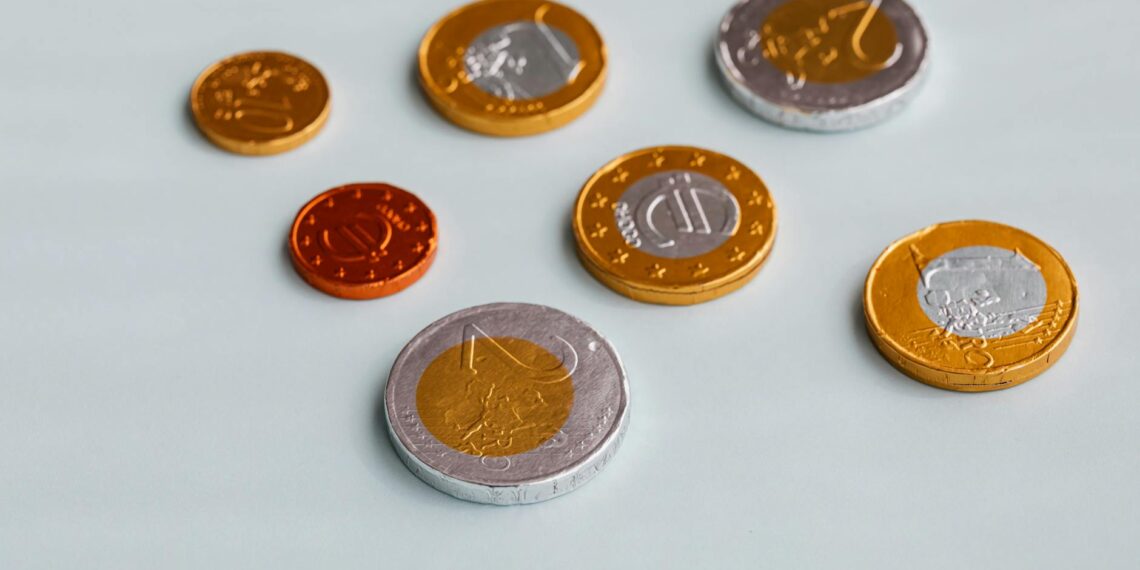During 1776, the fledgling United States of America was engaged in the Revolutionary War and grappling with establishing a new currency system.
The most notable “coin from 1776” is the Continental Dollar.
- The Continental Dollar was the first pattern coin struck for the United States.
- It was intended as a monetary replacement for the $1 paper bill, which was discontinued in 1776.
- The design, attributed to Benjamin Franklin, included a sundial with the Latin motto “Fugio” (“I fly”) and the phrase “Mind Your Business” on the obverse.
- The reverse depicted 13 interlinked rings, each with a colony’s name, surrounding the phrases “American Congress” and “We Are One”.
- These coins were struck in pewter, brass, and silver, with pewter examples being the most common.
- Besides the Continental Dollar, other currencies circulated in the colonies during 1776, including coins from Great Britain and other European nations, particularly the Spanish dollar (also known as the “piece of eight”).
- Some colonies also issued their own currency, often as paper money, but in denominations similar to the British system of pounds, shillings, and pence.
- The Massachusetts Pine Tree coins and the Copper New Hampshire Half Penny are also associated with 1776.
- The Continental Dollar is a highly valued coin because of its historical significance, representing the early efforts of the United States to establish its own coinage and financial independence during the Revolutionary War.
- The coins were not widely circulated, and their precise role remains a subject of historical debate; some sources suggest they were intended as pattern coins or even commemorative tokens struck in Europe.
- The value of a 1776 Continental Dollar depends heavily on its condition, rarity (influenced by factors like metal composition and striking errors), and market demand.
- Genuine examples can fetch substantial sums at auction, with silver examples being particularly rare and valuable.
- The historical significance of the Continental Dollar has led to the production of many replicas and fakes.
- These can often be identified by a “COPY” or “REPLICA” mark, or by discrepancies in their metal composition, weight, or the quality of their strike.
In summary, the most prominent coin from 1776 is the Continental Dollar, a historically important piece reflecting the early days of the United States. Its unique design and rarity contribute to its value among collectors, although the presence of numerous fakes requires careful authentication.









Is a 1776 coin rare?
Today, the 1776 continental coinage is a highly valued rarity as it celebrates the birth of a new nation – the United States and carries immense numismatic value due to its elaborate designs engraved on either side.
What is the rare coin 1776-1976?
Good point! States what makes this coin truly. Special it was only produced for 2 years between 1975. And 1976. And it was released in a variety of mint marks from Philadelphia.